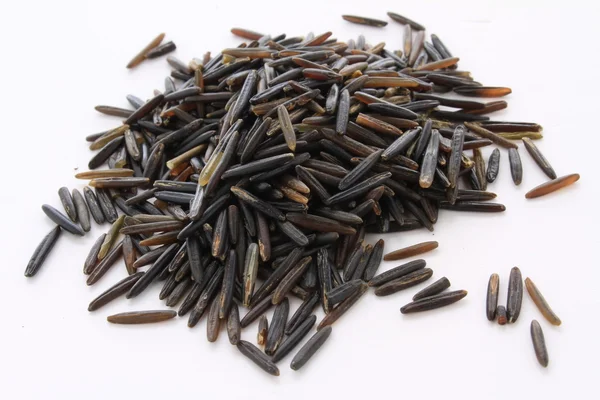
Rooted in a long-standing tradition with Native American communities, wild rice holds a sacred place among the Ojibwe and Menominee, ingrained in ceremonies and harvest rituals. As we uncover these five facts about wild rice, we unravel a narrative that spans centuries, reflecting its enduring importance in both cultural traditions and contemporary cuisine.
Wild rice has a long tradition with Native people
Harvested during the early autumn season, wild rice holds significant cultural and practical importance for Native American communities, particularly the Ojibwe and Menominee, dwelling in regions where the crop flourishes. The Menominee people derived their name from the indigenous term for wild rice, manoomin, and were commonly known as the Wild Rice People by European settlers.
In accordance with Menominee traditions, wild rice is perceived as a divine gift bestowed upon humanity. As the rice reaches maturity, the Menominee engage in a ceremonial practice to ensure a bountiful harvest. Offering tobacco to the spirits, they seek divine favor for favorable weather conditions. Traditionally, the tribal chief played a pivotal role by presenting tobacco into the fire, offering it to the spirits to ensure a good harvest. Afterward, tribal elders partook in a communal smoking of a ceremonial pipe, fostering a sense of unity and gratitude, marking the beginning of a celebratory feast.
Wild rice is a healthy alternative to regular rice
Often mistaken for a conventional grain, wild rice is actually the seed of an aquatic grass—a pseudograin with impressive nutritional benefits. Outshining its rice counterpart, wild rice boasts higher protein content, increased mineral density, and a richer B vitamin profile per serving. Additionally, it stands as a gluten-free option with low fat content, aligning it with other pseudograins like quinoa and flaxseed. This makes wild rice not only a delicious choice but also a nutritious one, providing a wholesome alternative for those seeking enhanced dietary benefits.
Wild rice is harvested using a meticulous process
Traditionally, entire communities migrated to lakeshores during the fall wild rice harvest. In a coordinated effort within family units, a man would pole a canoe carrying two women out to the family’s designated section of the lake. Equipped with two sticks, the women skillfully bent the rice stalks over the canoe, methodically knocking off kernels until the canoe was full with the harvest. Back on shore, the rice was sun-dried or parched over low fires.
Wild rice was an important part of hunting practices
Integral to the Ojibwe hunting tradition, wild rice played a significant role in attracting wild birds, ducks, and geese as a primary food source. Concealed within dense vegetation near the rice beds, the Ojibwe employed clubs to stealthily hunt the birds while they fed above the rice fields. According to some Ojibwe people, waterfowl that consumed wild rice were considered the highest quality for hunting—rich in fat and renowned for their delectable taste. This practice not only showcased the resourcefulness of the Ojibwe, but also highlighted the cultural significance of wild rice in enhancing the quality of traditional hunting practices.
Wild rice can be used in various recipes
Wild rice is certainly a key element in the Ojibwe diet and has earned the label of a delicacy among many non-Natives. However, its appeal extends beyond special occasions. Red Lake Nation wild rice, renowned for its quality, is easy to prepare, budget-friendly, and accessible throughout the entire year. Wild rice recipes range from soups and stews, to burgers and meatballs, and even pancakes!
Sources and additional information:
https://redlakenationfoods.com/wild-rice-facts/
https://mooselakewildrice.com/about-wild-rice/about-wild-rice
